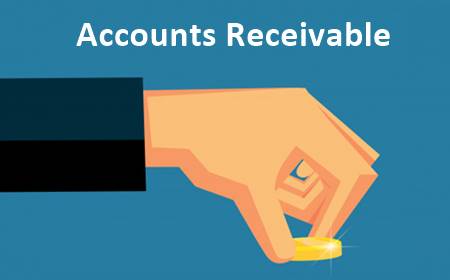
Table of Contents
Accounts Receivable Aging
What is Accounts Receivable Aging?
It is a periodic report that distributes the accounts receivable of a company in different categories on the Basis of the time period since the invoice is due. Accounts receivable aging is used as an instrument to comprehend the financial health of the customers of a company.

If it shows that the Receivables are collected slower than the normal rate, it turns out to be a cautious warning that the business might be slowing or the company is taking credit risks.
Advantages of Accounts Receivable Aging
The information from accounts receivable aging reports can be enhanced in several ways. To begin with, accounts receivables are the derivations of the credit extension. In case a company is experiencing difficulty collecting their accounts, a certain problematic business may continue on the basis of cash-only.
Companies also use the same information to create collection letters and send the same to customers as a reminder for their overdue balance.
How Does it Work?
In the form of a management tool, accounts receivable aging can indicate that specific customers are turning into credit risks. It also helps to decide whether the company should continue doing business with such customers that are not paying on time.
Typically, this data is divided into columns that is further broken in the Range of 30 days that shows total receivables that are due currently and the ones that have been due since a while.
Talk to our investment specialist
Doubtful Accounts Allowance
Accounts receivable aging is essential in determining the allowance for accounts that are doubtful. When estimating the lousy debt amount to report the same on the financial statements, the concept of the receivable aging report is useful to calculate the total amount that has to be written off.
The main advantageous feature here is the total of receivables based on the time since the invoice is due. Fundamentally, a firm applies a fixed percentage of Default to every date range. Invoices that are due for a more extended period get a higher percentage because of the increasing Default Risk and lesser collectability.
Aged Receivables Report
The aged receivable report that depicts accounts receivable aging gives details of certain receivables on the basis of age. The certain receivables are the total that are mentioned at the bottom of the table to showcase the total amount that a company has to get, based on the days the invoice is due since. Every column header has a 30-day window of time and the rows showcase the receivables of every customer.
All efforts have been made to ensure the information provided here is accurate. However, no guarantees are made regarding correctness of data. Please verify with scheme information document before making any investment.












